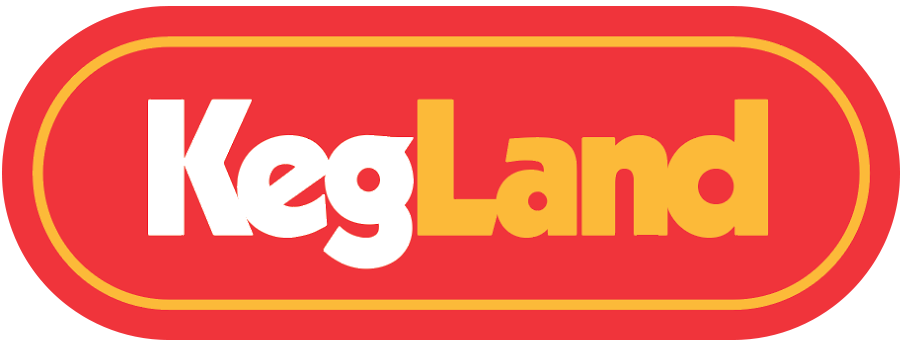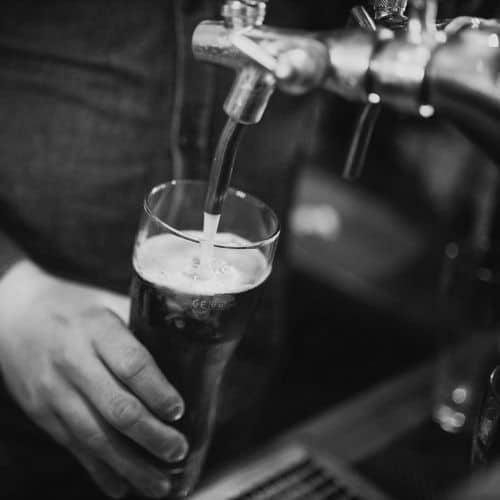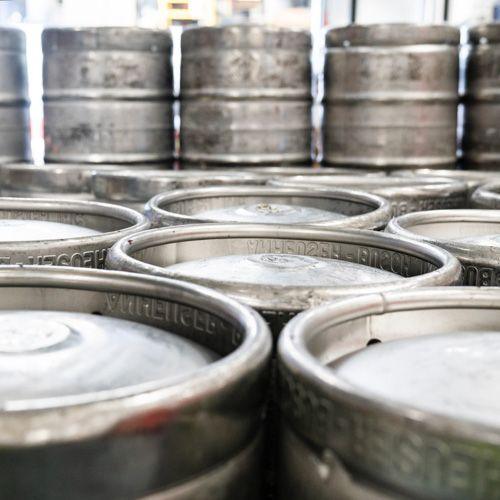There comes a point in every homebrewers life when you realise it’s time. Time to stop washing and sanitising dozens of bottles. Time to stop splashing your kitchen with freshly brewed beer when the tip falls off your bottling wand. Time to throw away the siphon. Time to stop dealing with over or under carbonated bottles.
Time to switch to kegging.
Look, there is definitely a bit of an initial start up cost when you jump to kegging.
But the amount you will then save in time and ease is probably worth it. You only need to clean and sanitise one keg, not dozens of bottles, dramatically lowering the possibility of infection. No more need for a secondary fermentation to carbonate – you can carbonate in a matter of minutes if you choose.
There are several other advantages, as well. With a bit of know-how, you can do a completely oxygen free pressure transfer, and minimising O2 pickup is a huge boon for the quality and stability of your finished beer. And some would argue that no more dealing with bottle dregs is reason enough to switch!
So, you have decided to make the jump. What do you actually need?
Kegging Your Homebrew – Basic Equipment
There are a number of different ways to jump into kegging – and you can get all of them at Kegland!
To keep things simple, we will talk about the simplest and often most cost effective way to start kegging – with a purpose built kegerator. Let’s break down the terminology from start to finish.
We start with a CO2 cylinder. Size doesn’t matter – it merely determines how long you go before refilling. This is how you both carbonate and dispense the beer – a topic we cover in greater depth in this post and this post.
You will need a regulator to control the pressure of the CO2 – something like the MK4 Type 30 Regulator is pretty much the industry standard. When controlling the flow of CO2, remember that turning the handle clockwise will increase the flow of gas.
There’s a few different types and styles of kegs out there. Most homebrewers will use 19L (5 gallon) kegs known as corny (short for Cornelius) kegs. These come in two flavours – ball locks and pin locks.
Ball lock kegs are far and away the most common, with essentially standardised fittings and as the de facto industry standard, that’s what we would recommend for every homebrewer new to kegging.
They are called ball lock kegs as they use ball lock disconnects to attach the beer and gas lines. Ball lock disconnects are easy to use, super reliable and and can be used on a great many bits of homebrew gear.
Prepping your kegs for use is dead simple – have a look at this post for a comprehensive guide.
At the other end of the keg is the tap. This will be attached to a shank of some kind. Some shanks are designed to attach to fonts which will fit on top of the kegerator. Others are long straight shanks designed for installation through walls. We cover setting these up in this video, as well as a quick discussion about the importance of getting your beer line the right length. Using smaller internal diameter line such as the 4mm ID EVA Barrier allows you to have a much shorter line length, making the whole system more manageable.
Lastly of course, you will need a kegerator to house everything! Kegerators come in many shapes and sizes. Most will hold three or four corny kegs. You can either just grab a purpose built kegerator such as our Series X kegerator, or convert an existing fridge or freezer.
We realise that might seem like a fait bit to take in, but really, it is quite simple.
To dispense beer from a keg, you need to keep the keg cold, connect it to CO2 to carbonate and dispense, and have a tap on the liquid side so you can pour that delicious amber nectar!
There are other aspects to cover here, which we have written about in other posts to ensure we can cover everything fully.
To find out the best way to transfer your finished beer into a keg, please have a look at this post
For cleaning and maintenance, check this out.
As ever, if you need any further advice or recommendations, please feel free to get in touch with our friendly customer service team – we are here to help!



